Here is my proposed lighting plan for my kitchen in my new home. The kitchen is about 18 ft wide and 17 ft long. You could figure each flooring square drawn is 2ft x 2ft. The ceiling is 10ft tall, and there are soffits above the counter areas that come down about 2 ft.
NOTE: NEW CONSTRUCTION IN CALIFORNIA. TITLE 24 REQUIRED
The attached pictures show some options I came up with. The larger yellow circles are 6 inch recessed fluorescent cans, and the smaller circles are 4 inch recessed fluorescent or incandescent cans (part of my question), and are located in the soffits. Also, notice the 3 mini-pendant lights over the counter. FOR THESE QUESTIONS, PLEASE DISREGARD THE 2 CANS IN THE PANTRY IN THE UPPER RIGHT PART OF THE DRAWING.
Option 1: This shows 6" cans in the main area, 4" cans in the soffits. I would use eleven six-inch 26 watt fluorescent cans, and four four-inch 13 watt fluorescent cans, three four-inch 50 watt incandescent cans over the cantilevered bar in the top part of the drawing, and three perhaps 60 watt mini-pendant incandescent lights. This would total 338 watts of fluorescent, and 330 incandescent.
{{gwi:2003800}}
Option 2: This shows 4" cans everywhere except for over the kitchen sink (no soffit here). This is 15 four inch 13 watt fluorescent cans, 1 six inch 26 watt fluorescent can over the sink, and three 60 watt mini-pendant incandescent lights. This would total 221 watts of fluorescent and 180 of incandescent.
{{gwi:2003801}}
1. Should I go with 4" fluorescent cans everywhere instead of the 6" cans? I want there to be sufficient lighting, but I don't want it to be blinding. Questions 4, 5, and 6 below ask about formulas for proper lighting.
2. I would like incandescent lights somewhere for the dimming capability, however, Title 24 states that I must have 50% of the wattage come from fluorescent lighting. Perhaps the mini-pendants over the island would suffice for dimmed lighting. Perhaps additionally, the lights over the eating bar (top of the drawing) could be dimmed.
3. With the cans in the soffits positioned over the countertop, is it necessary to do under cabinet lighting? Also note that on the left wall, there will be windows between the cabinets and the counter tops, not tile.
4. I've researched, and some have said 2 watts/sq ft of fluorescent lighting is good. I calculate about 300 sq ft, so that means 600 watts. If all 18 cans were 6 inch at 26 watts each, that would total 468 watts. If you did the same for 4 inch cans at 13 watts each, that's 234. By that rule of thumb, we're looking insufficient with either one?
5. Another rule of thumb says 35 lumens per square foot. At approx 300 sq ft, that's 10,500 lumens. If the 26 watt 6 inch fluorescent cans give 2,000 lumens, we're saying it's giving off 36,000 lumens? If I went down to the 13 watt 4 inch fluorescent cans that give, say, 800 lumens, then we're down to 14,400, which is much closer. Is this a better rule of thumb?
6. Kichler states multiplying the square footage by 1.5 for general lighting, or 2.5 for task lighting, and that gives you the required wattage (I assume they mean in incandescent terms). Let's say for the kitchen, I go with 2.0. That means we are looking at 612 watts. If a 6" can light is equivalent to 100W, then 10 cans would be 1000 watts. This doesn't include the lights in the soffits nor the mini-pendant lights. But looking at the 4" can lights, if they are equivalent to 60 watts, then 10 cans would be 600 watts, which almost perfectly matches.
Thank you for looking,
Carlo
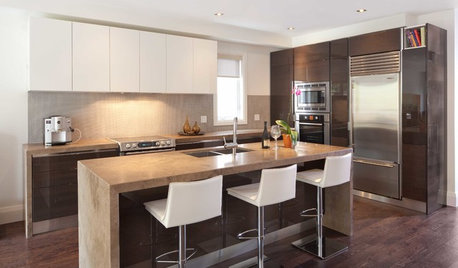
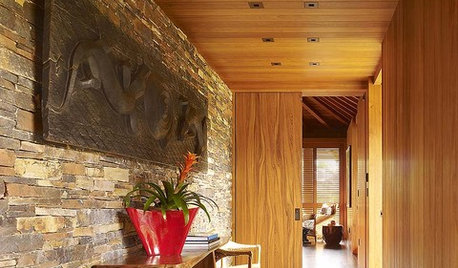
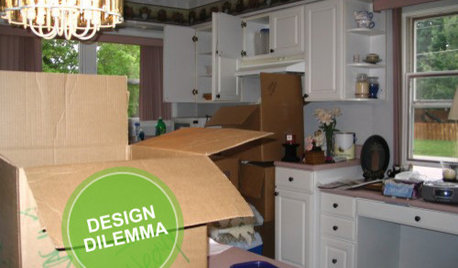
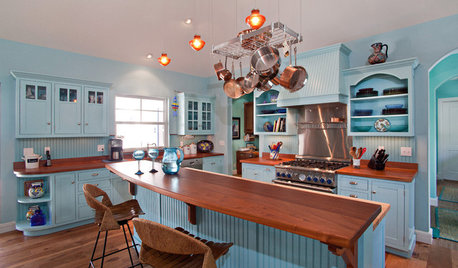
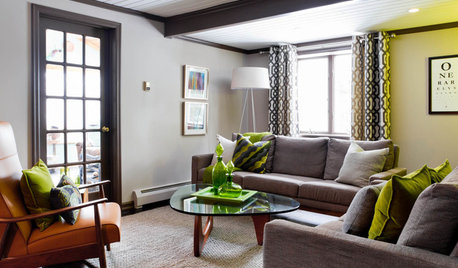



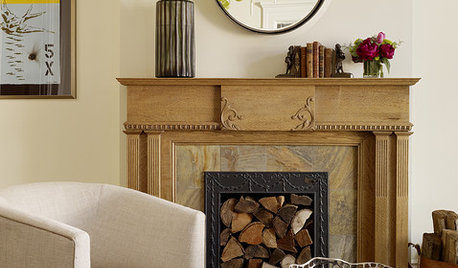







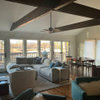
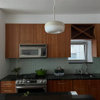

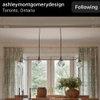
David
cgpspOriginal Author
Related Professionals
Bend Furniture & Accessories · Evanston Furniture & Accessories · Franklin Furniture & Accessories · Reno Furniture & Accessories · Portage Furniture & Accessories · Fallbrook Furniture & Accessories · Sahuarita Furniture & Accessories · San Juan Capistrano Furniture & Accessories · Hagerstown Interior Designers & Decorators · Orlando Electricians · Brentwood Decks, Patios & Outdoor Enclosures · Chandler Decks, Patios & Outdoor Enclosures · Clemmons Decks, Patios & Outdoor Enclosures · Hampton Bays Decks, Patios & Outdoor Enclosures · Portage Decks, Patios & Outdoor EnclosuresDavid
cgpspOriginal Author
David
cgpspOriginal Author
David